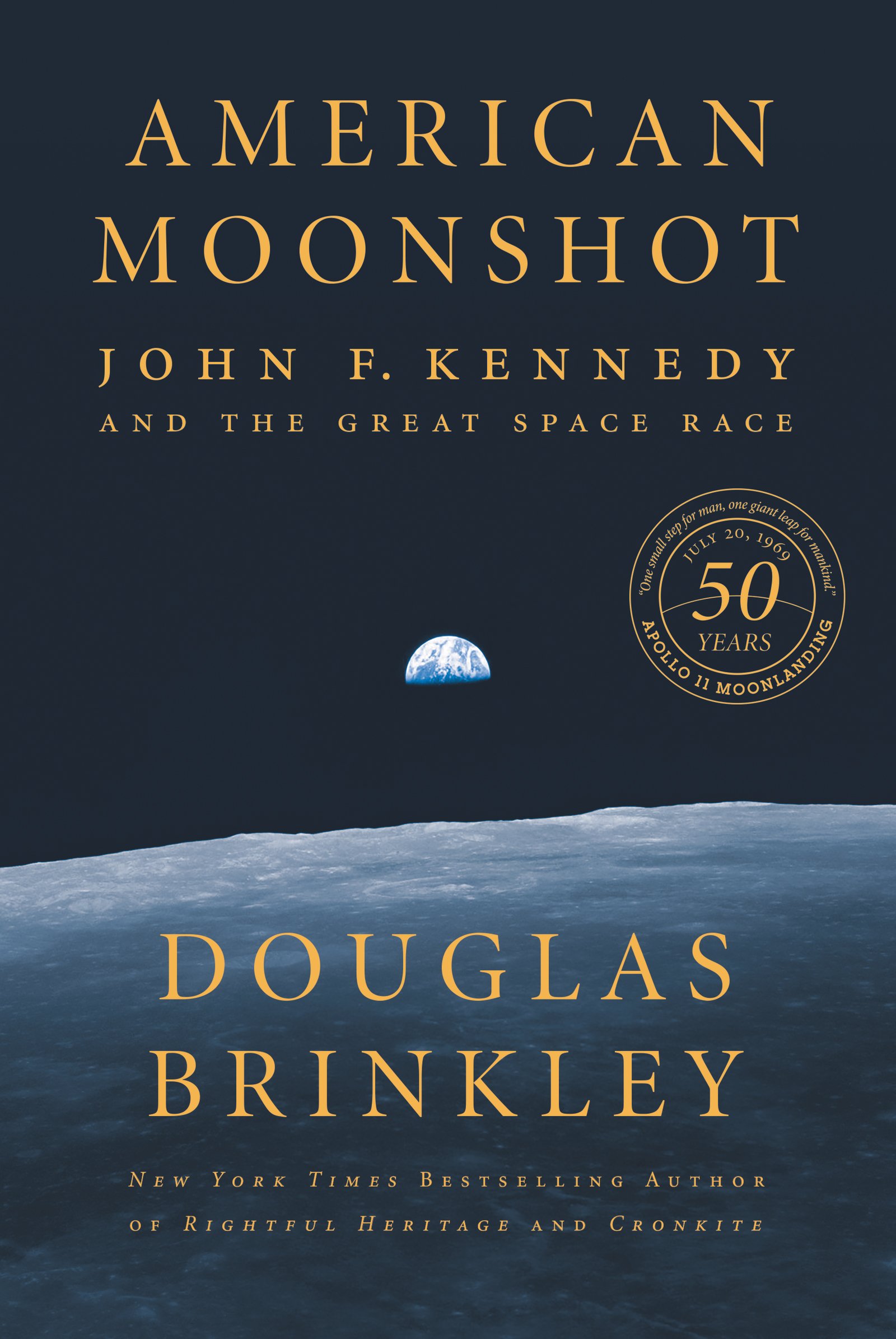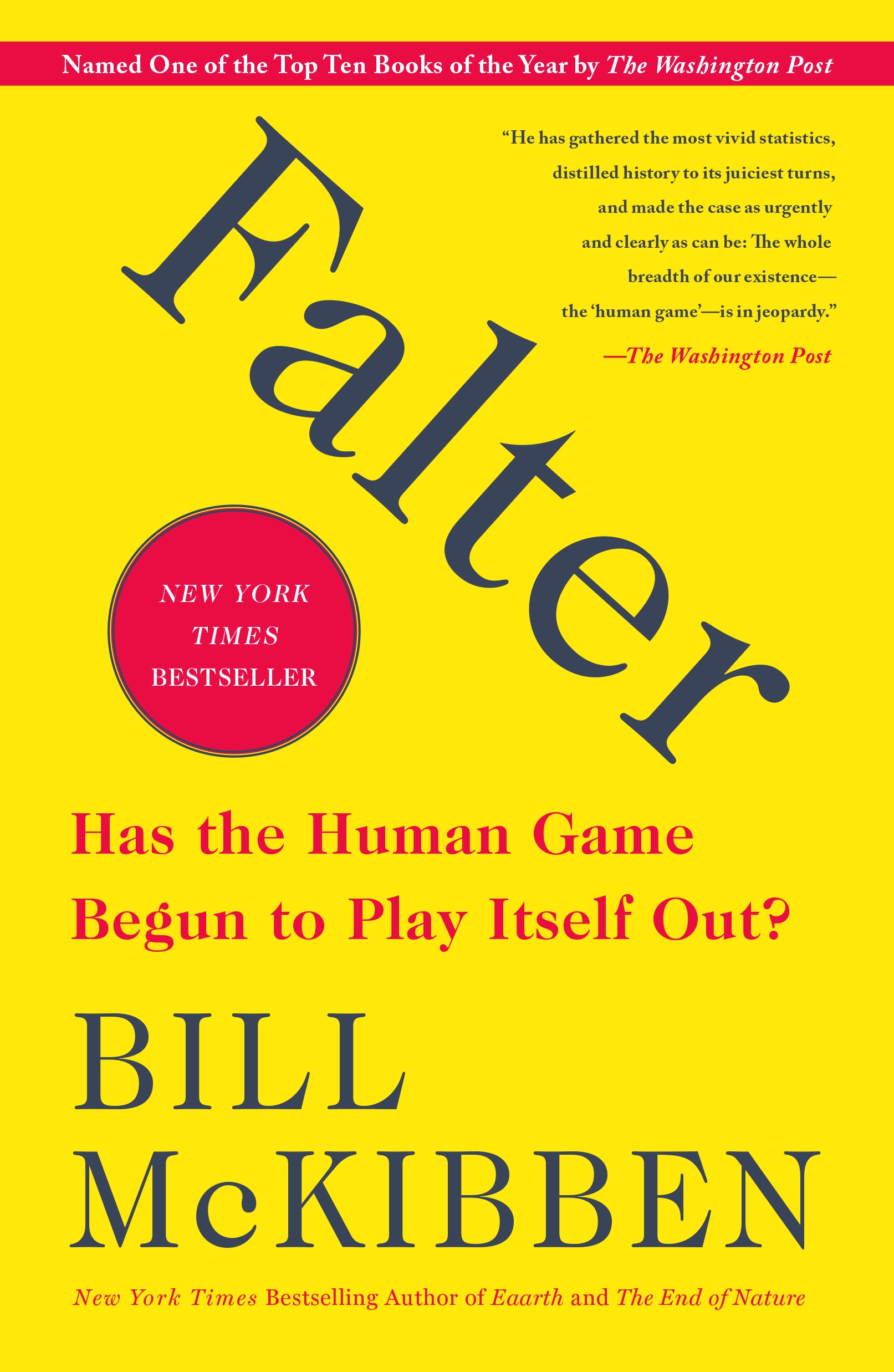Newtons's Laws Of Motion Including Newton's First Law, Second Law, And Third Law
by Patrick Sing
2021-01-02 12:03:57
Newtons's Laws Of Motion Including Newton's First Law, Second Law, And Third Law
by Patrick Sing
2021-01-02 12:03:57
Please note that the content of this book primarily consists of articles available from Wikipedia or other free sources online. Newton's laws of motion are three physical laws that form the basis for classical mechanics. They describe the relationshi...
Read more
Please note that the content of this book primarily consists of articles available from Wikipedia or other free sources online. Newton's laws of motion are three physical laws that form the basis for classical mechanics. They describe the relationship between the forces acting on a body and its motion due to those forces. The first law states that everybody remains in a state of rest or uniform motion (constant velocity) unless it is acted upon by an external unbalanced force. The second law states that a body of mass m subject to a force F undergoes an acceleration "a" that has the same direction as the force and a magnitude that is directly proportional to the force and inversely proportional to the mass. The third law states that the mutual forces of action and reaction between two bodies are equal, opposite and collinear. This book studies Newton's laws of motion including inertia, principle of relativity, impulse, center of mass, and reaction. Project Webster represents a new publishing paradigm, allowing disparate content sources to be curated into cohesive, relevant, and informative books. To date, this content has been curated from Wikipedia articles and images under Creative Commons licensing, although as Project Webster continues to increase in scope and dimension, more licensed and public domain content is being added. We believe books such as this represent a new and exciting lexicon in the sharing of human knowledge.
Less






























